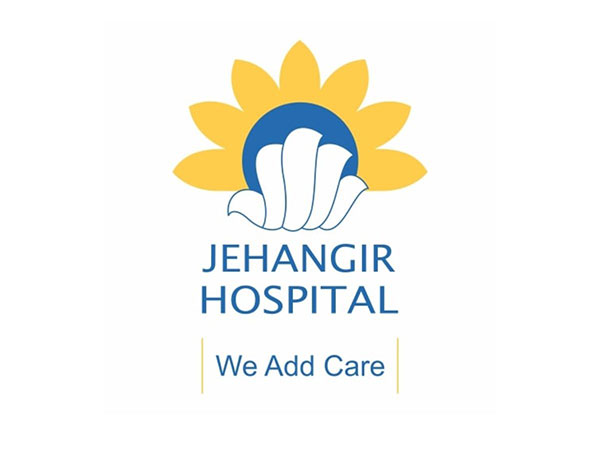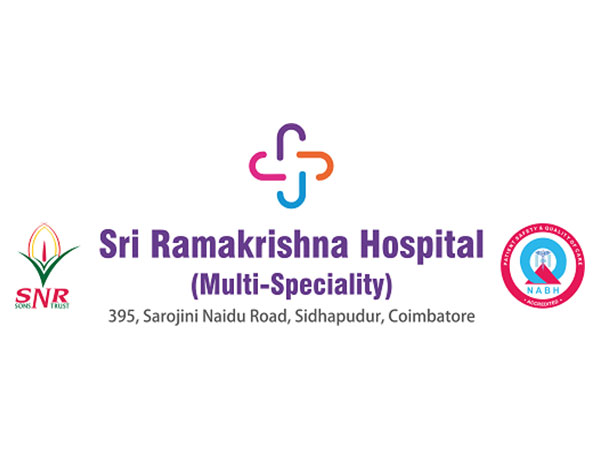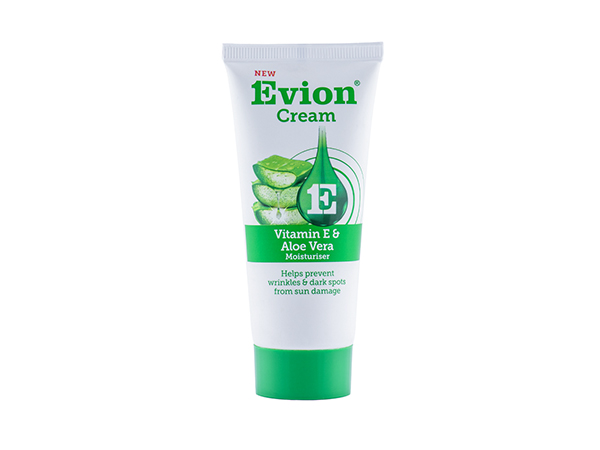Successful Management of Budd-Chiari Syndrome at Jehangir Hospital
Aug 11, 2023

PNN
Pune (Maharashtra) [India], August 11: This case study examines the successful diagnosis and treatment of a 30-year-old woman with Budd-Chiari Syndrome (BCS) and Decompensated Cirrhosis at Jehangir Hospital. BCS is a group of disorders characterised by hepatic venous outflow occlusion, and if left untreated, it can lead to liver cirrhosis and portal hypertension. The study highlights the significance of timely diagnosis and effective disease management in improving patient outcomes.
The patient presented with jaundice, ascites, decreased appetite, and weakness, indicating acute liver injury. Dr Parimal S Lawate & Dr Harish Soni were leading the case and further examination revealed sarcopenia, bilateral lower limb edema, and a history of cirrhosis. Doppler imaging confirmed hepatic vein thrombosis, resulting in portal hypertension. A provisional diagnosis of BCS with acute liver failure and decompensated cirrhosis was made.
The case study employed a comprehensive approach involving physical examinations, blood tests, radiological imaging, and Doppler studies. The patient's medical history, symptoms, and diagnostic findings were analysed to establish an accurate diagnosis. Doctors at Jehangir Hospital started specific therapies for each of her ailments. The treatment plan was tailored to address the specific ailments associated with BCS, i.e jaundice, decompensated cirrhosis, and ascites.
The patient was prescribed a combination of anticoagulants, diuretics, liver-supportive medications, beta-blockers, and antacids. She showed significant improvement within a week and was discharged with oral medications and an oral anticoagulant for follow-up.
One month later, the patient presented with gross ascites, jaundice, difficulty breathing, and signs of sepsis. Prompt resuscitation, administration of broad-spectrum antibiotics, and laboratory investigations revealed renal injury, hepatic encephalopathy, and spontaneous bacterial peritonitis. Intensive care and monitoring were initiated, along with appropriate therapies for sepsis, renal injury, and metabolic encephalopathy.
After a week of intensive care, the patient's clinical condition and blood parameters improved substantially. As the patient went into acute liver failure, so we listed the patient in the Liver transplant registry and to prevent recurrent ascitic fluid accumulation, the decision to perform Direct Intrahepatic Porto-Caval Shunt (DIPS) was made. The DIPS procedure, which was conducted successfully by Dr Mukul Mutatkar, resulted in decompression of the portal venous system hence reduced portal pressures, and eliminated the need for repeated therapeutic ascitic tapping. The patient's overall health improved, and she was discharged on oral medications for continued management.
Dr Mukul Mutatkar, Interventional Radiologist says, “The patient's presentation with jaundice, ascites, decreased appetite, and weakness necessitated immediate action. Our comprehensive approach, including specific therapies, anticoagulants, and the successful DIPS procedure, ensured significant improvement and saved the patient's life. Our teamwork, accurate diagnosis, and appropriate treatment strategies ensured the patient's remarkable recovery.”
Progression of BCS can be fulminant, acute, or chronic, but it is usually asymptomatic for a long period of time until it progresses rapidly to liver cirrhosis and the development of portal hypertension. If timely diagnosis and disease management are not initiated, significant morbidity is associated with BCS, with 1-year and 3-year untreated mortality exceeding 70% and 89%, respectively.
(Disclaimer: The above press release has been provided by PNN. ANI will not be responsible in any way for the content of the same)









